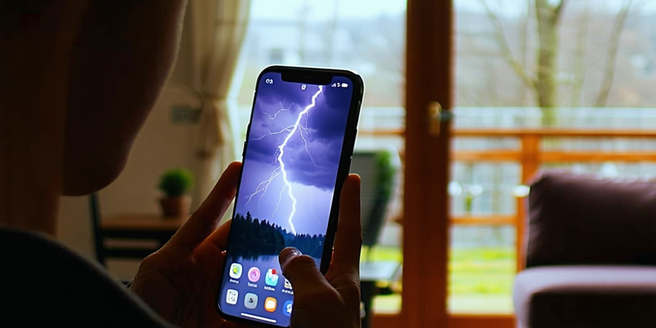
Understanding the Need for Personalization in Weather Apps
In today’s digital age, the demand for personalized experiences is greater than ever. Weather apps have widely recognized this need, as users seek more than just generic forecasts. Personalization allows users to receive tailored weather updates that are relevant to their specific location and lifestyle. By understanding user preferences and behaviors, weather apps can deliver content such as alerts for allergies, outdoor activities, or even specific travel routes. This enhances user engagement and satisfaction, fostering loyalty. With the continuous advancement of technology, these apps are becoming adept at predicting real-time scenarios that affect individual users. By prioritizing user-centric design, developers ensure that apps not only inform but also integrate seamlessly into daily routines, turning mundane interactions into valuable touchpoints.
How User Data Enhances Weather Forecast Accuracy
User data plays a crucial role in refining the accuracy of weather forecasts. By analyzing information such as location history, activity patterns, and personal preferences, weather apps can provide more precise predictions. Machine learning techniques are increasingly being applied to derive deeper insights from user data. For instance, frequent travelers can benefit from updates that consider multiple locations. Advanced algorithms are also used to process this data efficiently. This data-driven approach enhances the app’s ability to deliver timely information suited to individual needs. Additionally, incorporating crowd-sourced weather observations further sharpens forecast precision. This dynamic exchange between app and user fosters a more responsive service, improving reliability and user trust in the forecasts provided.
Customizable Alerts: Tailoring Notifications to User Preferences
Customizable alerts are revolutionizing how users interact with weather apps. These features allow users to set specific conditions under which they receive notifications, such as temperature thresholds or precipitation levels. This personalization ensures that alerts are contextually relevant and timely, helping users plan their daily activities. For example, an outdoor enthusiast might configure an alert for ideal hiking conditions. Additionally, parents can set alerts for severe weather to ensure their children stay safe. By integrating real-time data analysis, these apps can also predict sudden changes in weather with greater accuracy. By offering these tailored experiences, weather apps increase usefulness and engagement, as users receive information immediately applicable to their interests. This user-centric design keeps individuals informed and prepared for varying weather conditions.
Location-Based Predictions: Delivering Hyper-Local Weather Updates
Location-based predictions are at the forefront of modern weather technology. By harnessing GPS data, weather apps can deliver hyper-local forecasts that provide users with precise, up-to-the-minute weather conditions specific to their immediate surroundings. This innovative approach has revolutionized how people interact with and rely on meteorological information. The capability to access such detailed data has become a crucial part of daily life for many. This contrasts with broader regional forecasts and is valuable for urban areas where conditions can vary significantly within short distances. Whether it’s predicting sudden showers on one street while nearby areas remain dry, or adjusting forecasts in real-time based on microclimates, location-based services enhance accuracy. This ensures users can make well-informed decisions, optimizing daily plans based on the most relevant data available.
Incorporating User Feedback for Continued App Improvement
User feedback is essential for the continuous improvement of weather apps. By actively collecting and analyzing feedback, developers can identify areas for enhancement and develop features that better meet user needs. Constructive feedback leads to innovations such as improved user interfaces, faster data loading times, or new personalization options. As a result, these enhancements significantly improve the overall user experience. Moreover, understanding user preferences can drive the implementation of more localized weather reporting. This iterative process of refinement ensures that weather apps remain responsive, user-friendly, and relevant. Engaging users in the development process not only builds a loyal user base but also ensures the app evolves with user expectations, maintaining its value as a reliable source of weather information.
